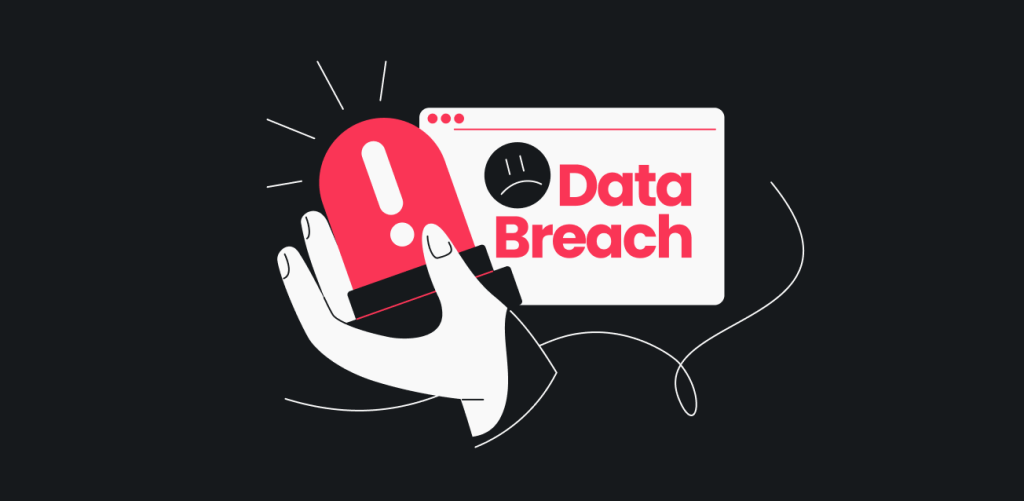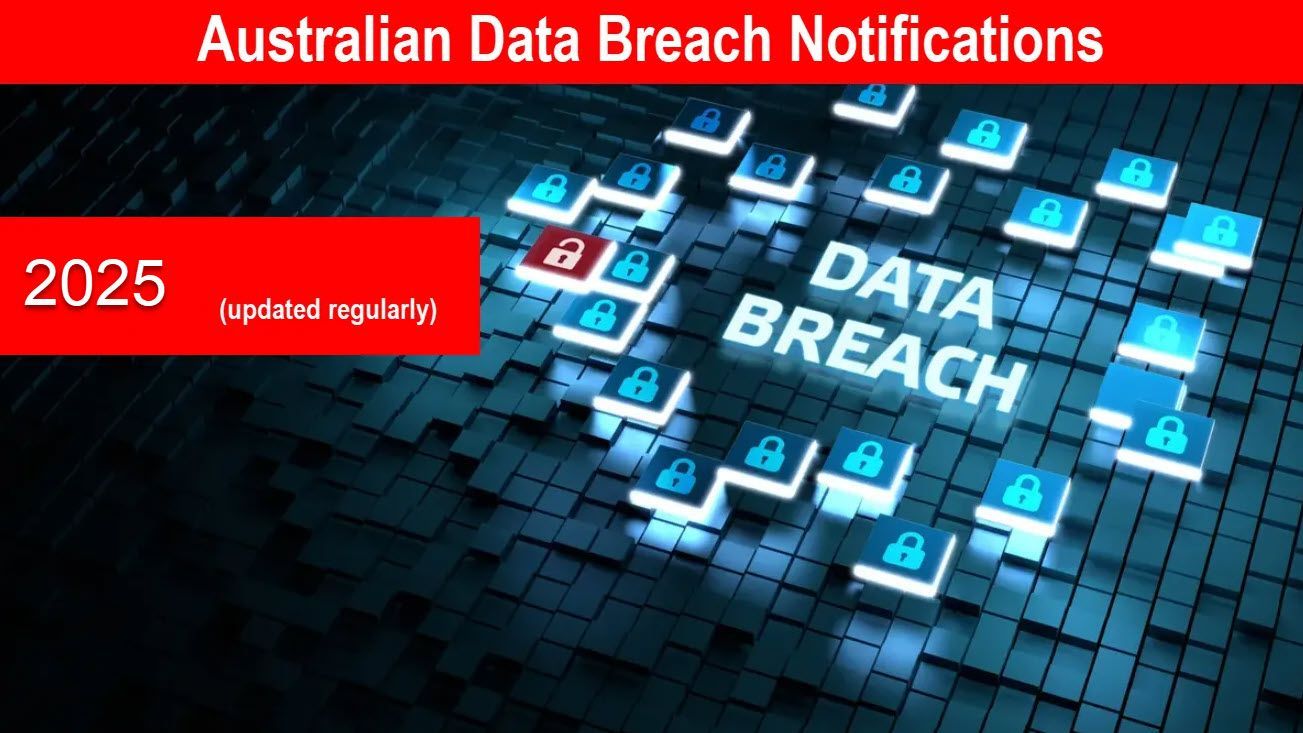What is a Data Breach?

A data breach is a security incident in which information is accessed without authorisation. This information could include personal details, financial data, or any sensitive data that is supposed to be protected under privacy laws and regulations. In Australia, as in many parts of the world, the consequences of data breaches can be severe, affecting not just the entities that hold the data but also individuals whose information has been compromised.
The Australian context specifically emphasises protecting such information under the Privacy Act 1988, which includes the Notifiable Data Breaches (NDB) scheme. This scheme mandates that any organisation covered by the Privacy Act must notify individuals and the Office of the Australian Information Commissioner (OAIC) if they experience a data breach that is likely to seriously harm any individuals whose personal information is involved.
A data breach can occur through various means, including hacking, phishing, or even through accidental disclosure by an employee. Data types can range from names, addresses, and phone numbers to more sensitive data like health records, financial information, and even social security numbers.
The impact of a data breach can be profound. For individuals, it can lead to identity theft, financial loss, and a significant breach of privacy. For organisations, the repercussions can include reputational damage, loss of customer trust, and substantial financial penalties under Australian law, especially if the breach could have been prevented or was not properly managed.
Australia's organisations are encouraged to implement strong security measures to mitigate the risk of data breaches, including encryption, secure password practices, and regular security audits. They are also advised to foster a culture of data protection awareness among employees and to have a clear response plan in place for managing and reporting breaches should they occur.
In conclusion, a data breach in the Australian context is a serious issue affecting individuals and organisations. It highlights the critical need for stringent data protection measures and responsible information handling practices to safeguard against unauthorised access and use of sensitive data.
Legal Framework
The primary legal framework governing data protection and the handling of data breaches in Australia is outlined in the Privacy Act 1988. This Act includes principles regulating organisations' collection, use, and disclosure of personal information. It emphasises the protection of individual privacy and establishes the foundation for data security practices in the country.
Key components of the legislation related to data breaches include:
- Australian Privacy Principles (APPs): These principles are part of the Privacy Act and apply to public and private sector organisations. They set out standards, rights, and obligations for handling, holding, accessing, and correcting personal information, including the requirement to protect this information from misuse, interference, loss, and unauthorised access, modification, or disclosure.
- Notifiable Data Breaches (NDB) scheme: Introduced in February 2018 as an amendment to the Privacy Act, the NDB scheme requires organisations to notify individuals and the Office of the Australian Information Commissioner (OAIC) about data breaches that are likely to result in serious harm to any individuals whose personal information is involved in the breach. This scheme ensures that individuals are aware of breaches that may affect them, allowing them to take steps to protect themselves from potential harm.
- Office of the Australian Information Commissioner (OAIC): The OAIC is the independent national regulator for privacy and freedom of information. It has the authority to investigate complaints about handling personal information and can take action, including imposing penalties, on organisations that fail to comply with privacy obligations.
In addition to the Privacy Act, specific sectors and data types may be governed by other legislation and standards that address data protection and breach notification requirements. For example, the Health Records and Information Privacy Act 2002 applies to health information in New South Wales, and the Australian Government has also endorsed the Australian Cyber Security Centre (ACSC) as the lead agency for cybersecurity, providing guidelines and support for organisations to secure their data against cyber threats.
These laws and regulations form the backbone of data protection and breach response in Australia, emphasising the importance of safeguarding personal information and providing a clear framework for organisations to follow during a data breach.
Further Reference Links
For further reading and to deepen your understanding of the topics added, here are some reference links:
- GDPR Comparison: GDPR and Australian Privacy Law – Similarities and Differences
- Emerging Technologies: Cybersecurity Challenges in the Uptake of Emerging Tech
- Preventative Measures: Protective Security Policy Framework
- Consumer Rights: Your Privacy Rights in Australia
- Incident Response Plans: Guide to Developing an Incident Response Plan









